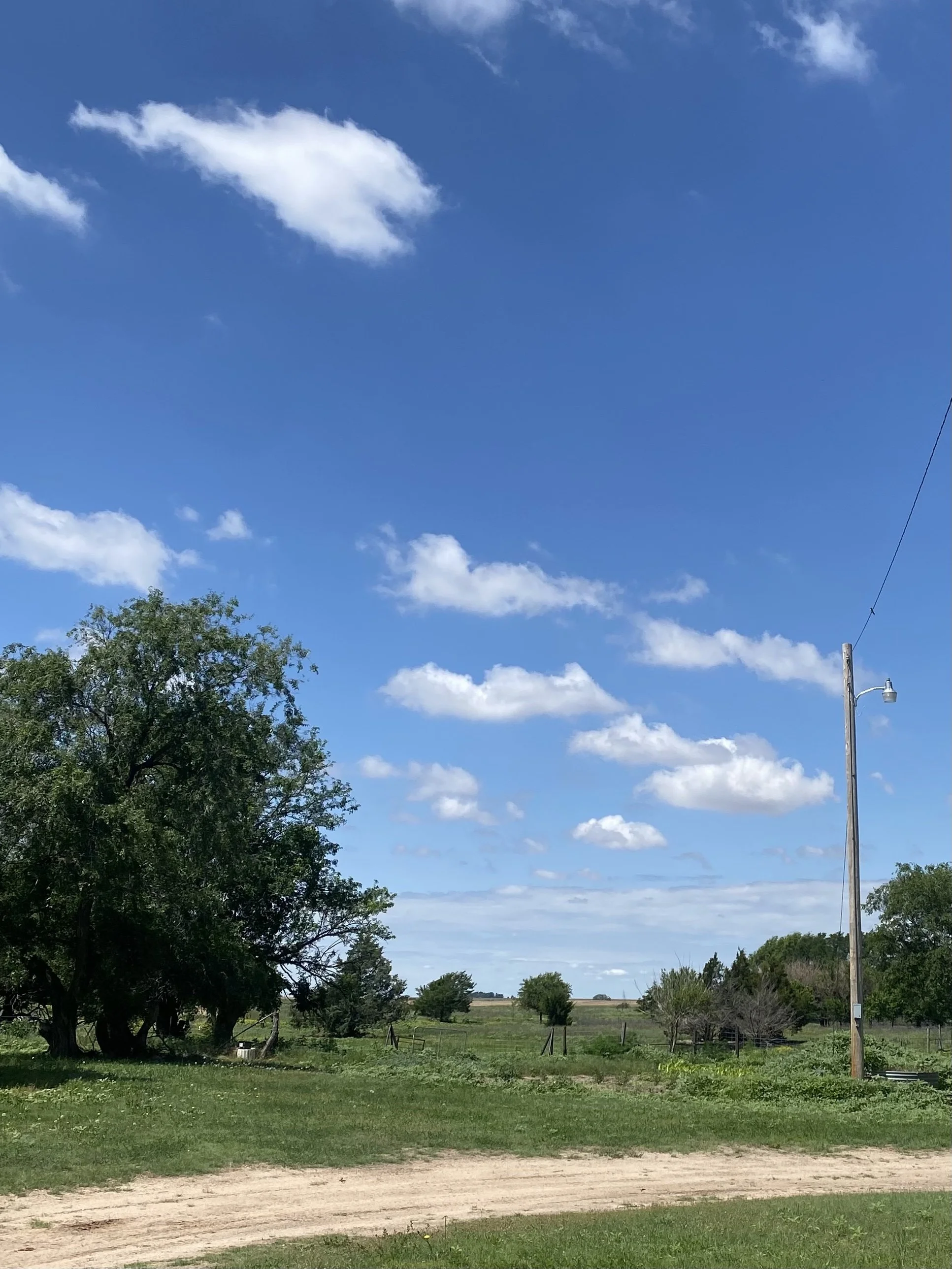My Antonia
A few months ago, I finally read a book I’ve been meaning to read for years: My Antonia by Willa Cather. It sat on my family's bookshelf of classics right next to Pride and Prejudice my whole life. I only wish I had read it sooner. It is fitting, however, that I read it right before my own move to the Midwest.
A mouthpiece of the North American prairie at the turn of the twentieth century, Cather captures the unforgiving life of early settlers and immigrants in rural Nebraska. The story itself follows the life of Jim Burden, not the namesake Antonia Shimerda. His move from Virginia to his grandfather’s farm in Nebraska as a preteen after the death of his parents makes the freshly transplanted Bohemian family, the Shimerdas, his neighbors. The Shimerdas don’t speak English, nor know how to till the land or how to keep warm in the winter. While the Shimerdas remain distrusting of the Burden family, they rely on their kindness for survival. Jim teaches their daughter Antonia English and how to read in hopes that she will attend school and escape her hard life.
Antonia is a feral cat of the prairie: defiant, untamable, but fiercely loyal. She defies gender norms and decorum. She works in the fields with her brothers after her father dies, becoming a true creature of the country. All efforts to shape her into a posh young woman dismally fail. Her free spirit is too strong to be confined to pleasing people and a life in the city. Her life is difficult, but that is her destiny. We never quite fully know Antonia. Told through the perspective of Jim, her life is somewhat of a mystery.
The most enchanting element of the novel is Cather’s writing style. She paints with words, feeding readers stunning images that truly replicate the scenery of the Great Plains. In doing so, the setting itself becomes a character in the novel. This is appropriate given the families’ dependance of the land for survival. While the land is a constant, it is capricious and rarely dependable, giving and taking depending on the season and the year. A hard winter devastates the farms and families, but all is forgiven with a fecund spring and summer.
One of my favorite descriptions by Cather:
“Whenever one looked at this slope against the setting sun, the circle showed like a pattern in the grass; and this morning, when the first light spray of snow lay over it, it came out with wonderful distinctness, like strokes of Chinese white on canvas. The old figure stirred me as it had never done before and seemed a good omen for the winter.”
Perhaps what I love most about this story is that it’s true. Antonia was real and her name was Annie Sadilek Pavelka. Cather grew up with Jim and Antonia in rural Nebraska. As Cather reveals in the introduction, much of this novel is based on a manuscript written by Jim. There’s no major action or real climax in the story. It’s a biographical narrative steeped in nostalgia broken into five sections that follow Jim from boyhood to young adulthood.
These types of stories are my favorite because they declare the irrevocable value of sharing our lives from our own perspectives. In preserving and telling these stories, we learn how to better connect with one another and understand that the essence of history is stories of people’s lives. Cather and Burden felt that Antonia’s life story was worth being told. As a result, My Antonia became an American classic revered for its authentic representation of life on the Great Plains. This novel is dear to my heart because it echoes my own family’s history. In combination with the family lore passed down to me, I have a fuller picture of the experience of my great-great grandparents who were also immigrant farmers on the Great Plains.
(This reminds me of a thought provoking monologue from one of my favorite movies, Before Sunset: “Well, I mean... isn't everything autobiographical? I mean, we all see the world through our own little keyhole. I mean, I always think of Thomas Wolfe...Anyway, he says that we are the sum of all the moments of our lives and that, uh, anybody who sits down to write is gonna use the clay of their own life - that you can't avoid that. So when I look at my own life, you know, I have to admit, right, that I've-I've never been around a bunch of guns or violence, you know, not really. No political intrigue or a helicopter crash, right? But my life, from my own point of view, has been full of drama, right? And uh, so I thought, if I could write a book that, that could capture what it's like to, to really meet somebody, I mean, one of the most exciting things that's ever happened to me is to meet somebody, to make that connection. And if I could make that valuable, you know, to capture that, that would be the attempt…” )
I knew within the first twenty pages that My Antonia would be one of my favorite books. After a hundred pages, I declared to myself that if I have a daughter, I would name her Antonia. And by the end, I felt charged to connect with people, to really observe and listen, and somehow capture or take note of their own history. In the mundane, there is a story worth telling.
